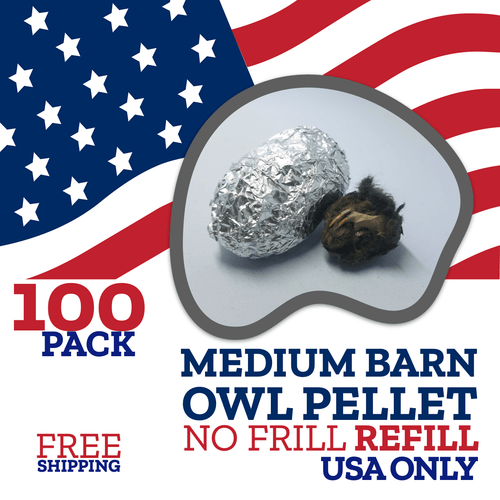|

Previously, we’ve talked about the White-backed Vulture. Today, we’re going over the White-rumped Vulture!
White-rumped vultures, or gyps bengalensis, are a species of Old World vultures.1 They can be found in Bangladesh, India, Pakistan, Nepal, Bhutan, Vietnam, Cambodia, and Myanmar (Burma).2 They have dark feathers with a white neck ruff, and other white patches under their wings, on their back, and on their rump (hence their name!). They stand 30-37 inches tall, weigh almost 8 to 16 pounds, and have a wingspan that can reach 8.5 feet.1
These vultures are scavengers and eat carrion.1 At a carcass, they’ll start with the meat near the tail of the animal.2 They’ll actually submit to Red-headed vultures when feeding.1 When they eat, they’ll often eat so much that they can’t fly right away when they’re done and will have to wait until they can fly once more.2
Females will lay one egg during the breeding season.2 Incubation lasts about a month.1 Parents will care for their offspring only for about two weeks and then reduce their role. Eggs are at risk of predation by lizards and pythons.2
White-rumped vultures have faced significant declines over the last few decades. Back in 1985, it was thought to be one of the most abundant birds of prey worldwide.3 Its population was in the millions. Now, however, there are only about 6,000 left.1 This makes them critically endangered.2 And the declines continue:3
- In India, they declined by 43% annually from 2000-2007
- In Nepal, they declined by 14% annually in 2002-2011
- In Bangladesh, they declined by 60% in 2008-2009 and 2011-2012
The decline of this species comes with consequences. Vultures play a vital role in the environment. They take care of carcasses quickly so that disease can’t spread through animal populations (or reach us). In India and Pakistan, without these vultures around in healthy numbers, there are more feral dog carcasses around, which increases the number of feral dogs that then pass rabies onto humans.2
These vultures are affected by Diclofenac – a drug that has wreaked havoc on other vulture species, too. Prohibiting the use of this drug has helped slow their population drop.3
Ready to dive into biology and dissection?
Biology is an important subject for students to learn about, but dissection isn’t for everyone. That’s why we have Dissect It! kits for students. These kits allow students to experience dissection and gain the same skills as they would with a real dissection, but without using a real animal.
Each animal is made from gel – making it safe and engaging for students. Plus, with the gel refills, students can do the activity multiple times, which you definitely can’t do with a real animal.
Animals come with a full skeleton and set of organs so students can learn about anatomy, biology, and physiology. They’ll also develop their observational skills and problem-solving skills through this hands-on learning experience!
|



